Yogic Breathing Techniques (Pranayama)
In the vast realm of yoga, the significance of breath is paramount. Pranayama, the art of controlled and mindful breathing, is an integral component of the yoga practice. Prana, often referred to as life force or vital energy, is believed to flow through the breath. In this exploration, we will delve into the world of pranayama, uncovering its techniques and the profound benefits it offers for physical and mental well-being.
The Basics of Pranayama
Pranayama, derived from two Sanskrit words, “prana” (life force) and “ayama” (control or extension), is the practice of consciously regulating the breath. It is a fundamental aspect of yoga, connecting the physical body with the mind and spirit.
1. Diaphragmatic Breathing (Dirga Pranayama)
Diaphragmatic breathing, also known as belly breathing, is a foundational pranayama technique. It involves breathing deeply into the abdomen, allowing the diaphragm to expand and contract fully. This technique promotes relaxation, reduces stress, and increases oxygen intake.
2. Ujjayi Breath
Ujjayi breath, often referred to as “ocean breath,” involves breathing through the nose with a slight constriction in the back of the throat. This creates a soft, audible sound resembling ocean waves. Ujjayi breath is commonly used in Vinyasa and Ashtanga yoga practices to help maintain focus and regulate the flow of energy.
3. Nadi Shodhana (Alternate Nostril Breathing)
Nadi Shodhana is a balancing pranayama technique that involves alternating breath between the left and right nostrils. This practice aims to harmonize the two hemispheres of the brain, promoting mental clarity, balance, and relaxation.
4. Kapalabhati (Skull Shining Breath)
Kapalabhati is an energizing pranayama technique that involves forceful exhalations through the nose while keeping the inhalation passive. It is believed to cleanse the respiratory system, invigorate the body, and clear the mind.
5. Bhramari (Bee Breath)
Bhramari is a calming pranayama technique where the practitioner exhales while making a humming sound similar to a bee. This practice is soothing and can help reduce anxiety and tension.
6. Anulom Vilom (Alternate Nostril Breathing with Retention)
Anulom Vilom is a more advanced variation of Nadi Shodhana. It includes breath retention after inhalation and exhalation, allowing for a deeper experience of energy regulation and balance.
Benefits of Pranayama
The regular practice of pranayama offers a plethora of physical, mental, and emotional benefits:
- Stress Reduction: Pranayama calms the nervous system, reducing stress and anxiety.
- Enhanced Concentration: Controlled breathing techniques improve focus and mental clarity.
- Improved Lung Function: Pranayama increases lung capacity and oxygen intake.
- Emotional Balance: It can help manage emotions and promote a sense of inner peace.
- Better Sleep: Pranayama practices before bedtime can improve sleep quality.
- Enhanced Self-Awareness: Mindful breathing fosters self-awareness and mindfulness.
Conclusion
Pranayama is a profound practice that deepens the connection between mind, body, and spirit. Whether you’re a seasoned yogi or new to the practice, incorporating pranayama techniques into your daily routine can unlock a world of physical and mental well-being, providing a pathway to balance, peace, and vitality. Embrace the power of your breath and let pranayama guide you on your journey to a healthier and more harmonious life.



